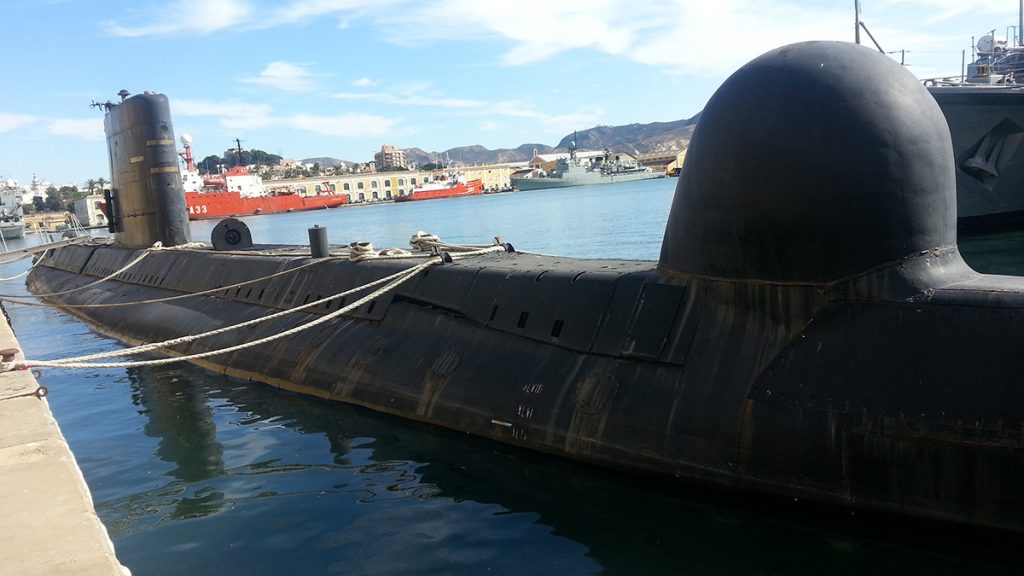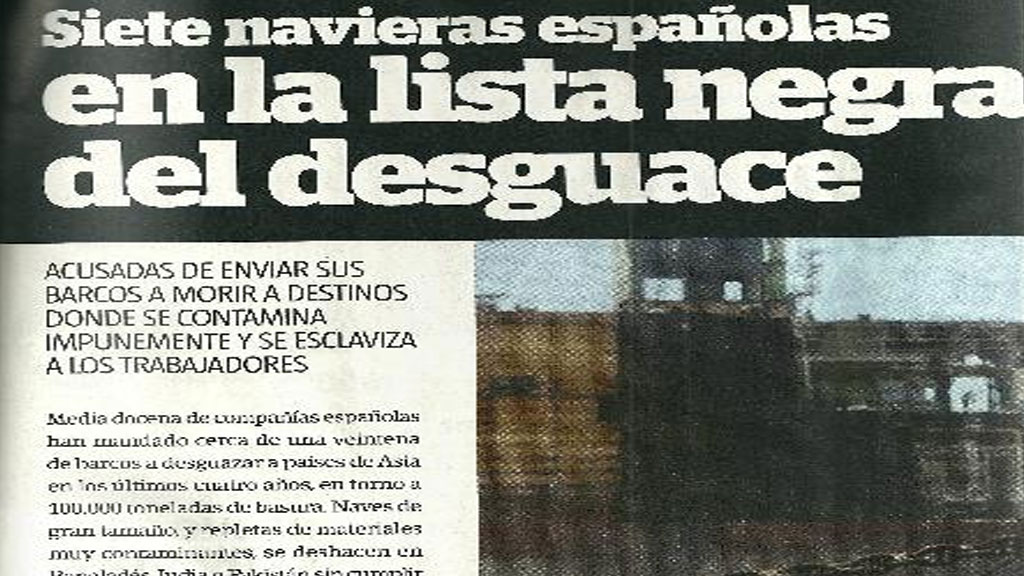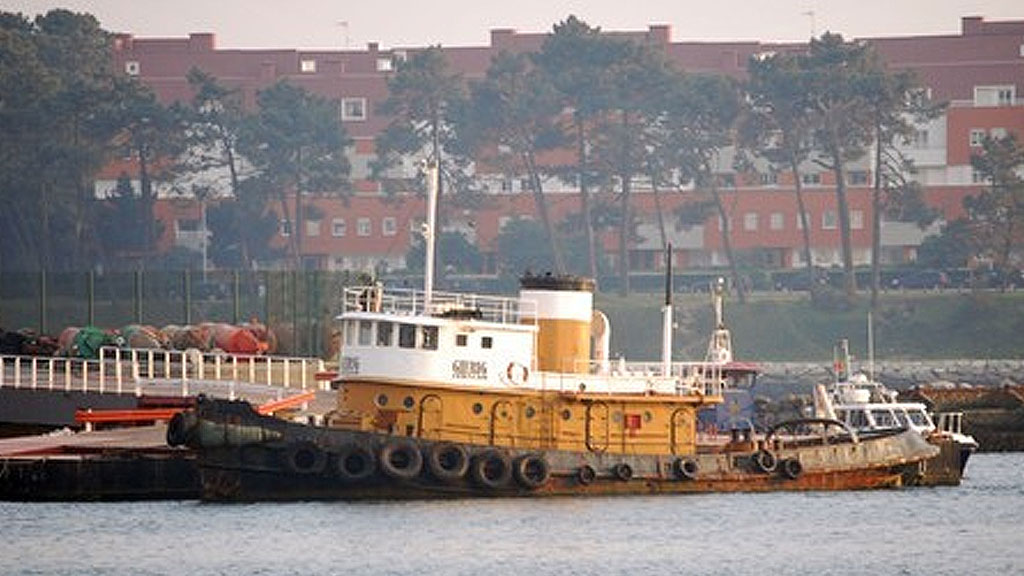The European initiative Recyship, spearheaded by the Spanish company Reciclauto Navarra S.L., has successfully completed the comprehensive and environmentally responsible decontamination of the tugboat Vandoma. This project, funded under the European Union’s LIFE+ program, represents a significant milestone in the development of sustainable practices for the dismantling and recycling of end-of-life vessels across Europe. The Vandoma, a tugboat that played a vital role in maritime operations, has now been processed in a manner that prioritizes environmental protection, regulatory compliance, and the safe handling of hazardous materials.
Project Background and Objectives
Recyship is an innovative European project designed to establish a standardized, eco-friendly model for the scrapping and recycling of vessels that have reached the end of their operational life. By integrating cutting-edge technologies and adhering to stringent environmental standards, the project aims to minimize the ecological footprint of ship dismantling while promoting the recovery and reuse of materials. The initiative aligns with the European Union’s goals of fostering a circular economy and reducing environmental risks associated with maritime waste, particularly from vessels containing hazardous substances like asbestos, heavy metals, and residual oils.
The decontamination of the Vandoma serves as a practical demonstration of Recyship’s methodology, showcasing how advanced techniques can be applied to ensure that shipbreaking processes are both safe and sustainable. This operation not only addresses the immediate environmental challenges posed by the tugboat but also contributes to the broader objective of setting a precedent for responsible ship recycling practices across the maritime industry.
The Decontamination Process of the Vandoma
The tugboat Vandoma, which had been in service for decades, required meticulous handling due to the presence of hazardous materials commonly found in vessels of its type and era. The decontamination process, carried out by Recyship, involved several critical stages:
-
Initial Assessment and Planning: Prior to dismantling, a thorough inspection of the Vandoma was conducted to identify and catalog hazardous materials. This included asbestos, used in insulation and fireproofing, as well as residual fuels, lubricants, and heavy metals such as lead and mercury, which are often present in older vessels. A detailed plan was developed to ensure compliance with international environmental regulations, including the Basel Convention on the Control of Transboundary Movements of Hazardous Wastes and Their Disposal.
-
Safe Removal of Hazardous Materials: Specialized teams, equipped with protective gear and advanced tools, carefully extracted hazardous substances. Asbestos, a significant health and environmental risk, was removed under controlled conditions to prevent airborne contamination. Similarly, oils and fuels were drained and stored in secure containers to avoid spills or leakage into the surrounding environment.
-
Material Segregation and Recycling: Once hazardous materials were safely removed, the Vandoma’s structure was dismantled, with components separated into recyclable and non-recyclable categories. Metals such as steel and aluminum were sorted for recycling, while non-recyclable waste was disposed of in accordance with environmental regulations. This step maximized material recovery, reducing the volume of waste sent to landfills.
-
Environmental Monitoring and Compliance: Throughout the process, continuous monitoring ensured that all activities adhered to the strictest environmental standards. Air and water quality were assessed to confirm that no pollutants were released during the decontamination. This rigorous oversight underscores Recyship’s commitment to environmental stewardship.









